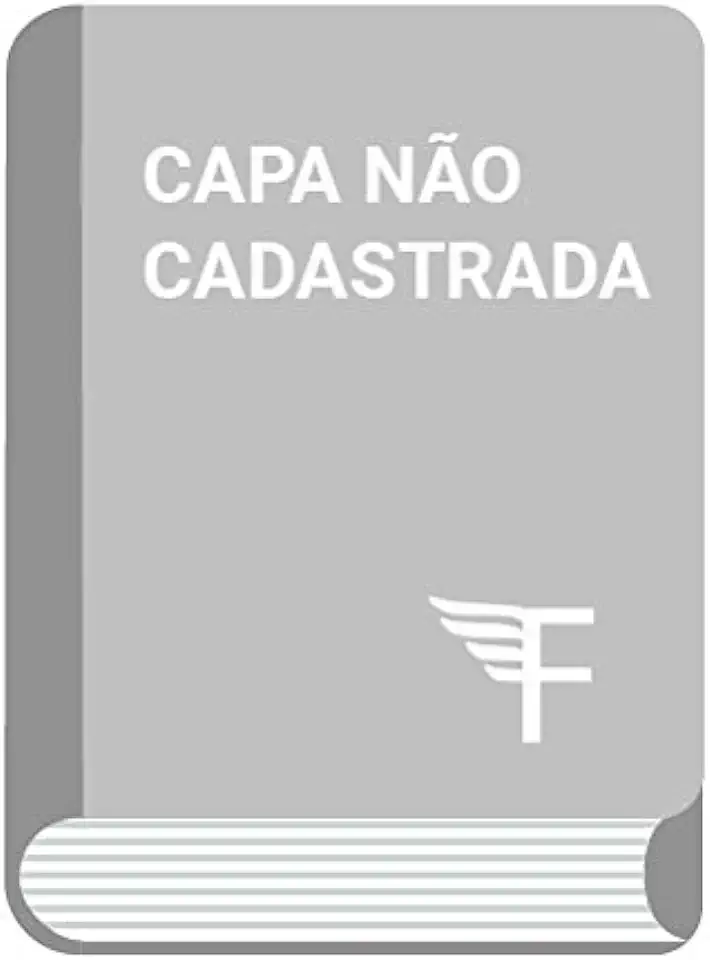
Proofreading and Copyediting Techniques - Francisco Wlasek Filho
Proofreading and Copyediting Techniques: A Comprehensive Guide to Error-Free Writing
Introduction
In today's fast-paced world, effective communication is more important than ever. Whether you're writing a business proposal, a scientific paper, or a personal letter, it's essential to ensure that your writing is clear, concise, and error-free.
Why Proofreading and Copyediting Matter
Proofreading and copyediting are two critical steps in the writing process that help you identify and correct errors in your writing. Proofreading involves checking for typos, grammatical errors, and formatting issues, while copyediting focuses on improving the overall clarity, consistency, and style of your writing.
The Benefits of Proofreading and Copyediting
By taking the time to proofread and copyedit your writing, you can reap a number of benefits, including:
- Improved clarity: Proofreading and copyediting help you identify and correct errors that can make your writing difficult to understand. By ensuring that your writing is clear and concise, you can make it easier for your readers to grasp your message.
- Enhanced credibility: Errors in your writing can damage your credibility and make you appear unprofessional. By proofreading and copyediting your work, you can ensure that you present yourself in a positive light and build trust with your readers.
- Increased efficiency: Proofreading and copyediting can help you identify and correct errors early in the writing process, saving you time and effort in the long run. By catching errors before they become major problems, you can avoid the need for extensive revisions and rewrites.
- Better communication: Clear, error-free writing is essential for effective communication. By proofreading and copyediting your writing, you can ensure that your message is communicated accurately and effectively to your readers.
How to Proofread and Copyedit Effectively
Proofreading and copyediting can be challenging, but there are a number of strategies you can use to make the process easier and more effective. Some tips include:
- Proofread and copyedit in multiple passes: Don't try to proofread and copyedit your entire document in one go. Instead, break the process down into multiple passes, focusing on different aspects of your writing each time.
- Use a checklist: Create a checklist of common errors to look for when proofreading and copyediting. This will help you ensure that you don't miss anything important.
- Read your writing aloud: Reading your writing aloud can help you identify errors that you might miss when reading silently.
- Get a second opinion: Ask a friend, colleague, or professional editor to review your writing and provide feedback. This can help you identify errors that you might have missed.
Conclusion
Proofreading and copyediting are essential skills for anyone who wants to produce clear, concise, and error-free writing. By taking the time to proofread and copyedit your work, you can improve your communication skills, enhance your credibility, and increase your efficiency.
About the Author
Francisco Wlasek Filho is a professional editor with over 20 years of experience. He has worked with a wide range of clients, from small businesses to large corporations, and has helped them to improve the quality of their writing. He is the author of several books on writing and editing, including "Proofreading and Copyediting Techniques" and "The Elements of Style for the 21st Century."